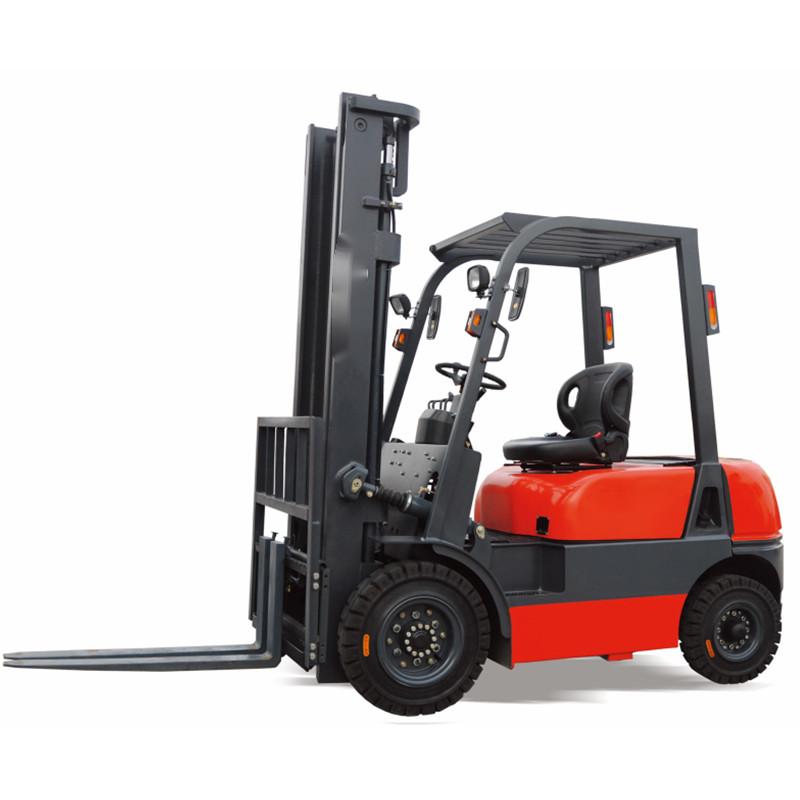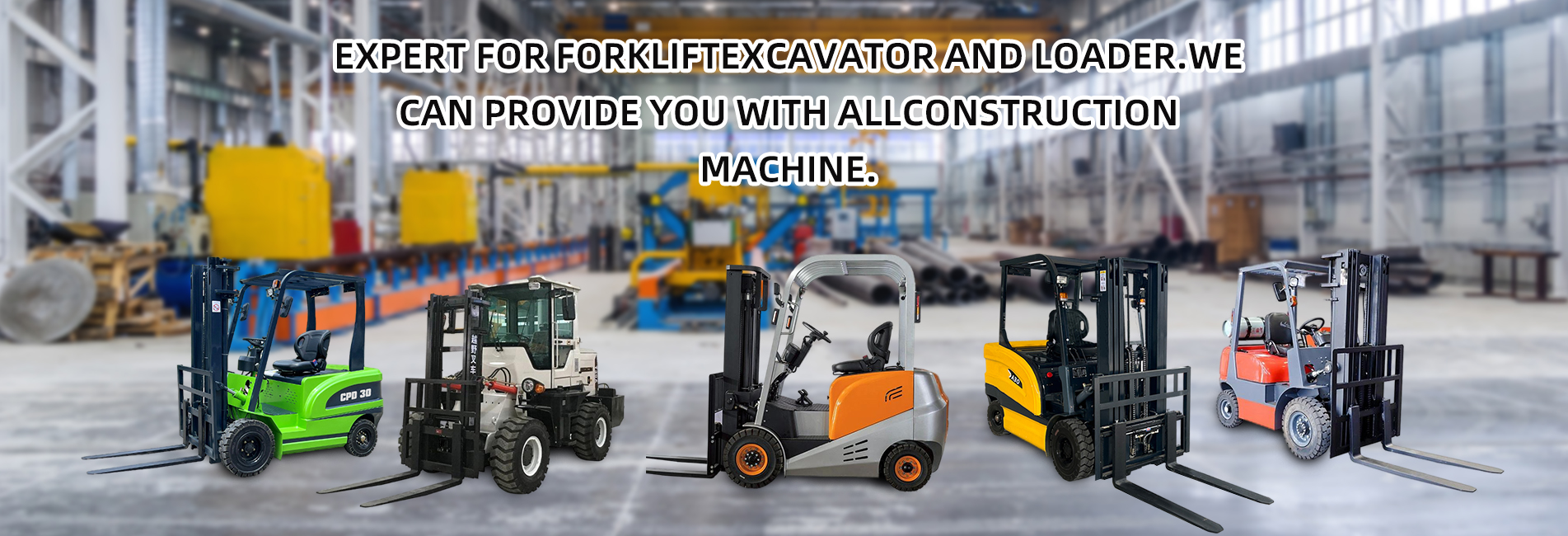The Core Functions of Internal Combustion Forklifts
The core function of internal combustion forklifts is to efficiently handle the loading/unloading, transportation, stacking of heavy cargo and operations in special environments in industrial scenarios. They are key handling equipment that connects the links of production, warehousing and logistics.

1. Cargo Loading and Unloading: The Core of Connecting Transportation and Storage
- Directly connect with trucks, containers, shelves, etc., to realize the rapid transfer of cargo from transportation tools to storage areas.
- Adapt to various cargo forms such as pallets, cartons, building materials and containers, and are particularly good at loading and unloading heavy cargo of more than 5 tons.
2. On-site Transportation: Efficient Long-distance Shuttling
- Cover long-distance cargo handling in warehouses, factory areas, logistics parks and other sites. A full tank of fuel allows continuous operation for 8-12 hours without frequent refueling.
- Adapt to scenarios such as open outdoor spaces and complex passages, with strong climbing ability, enabling rapid turnover of large quantities of cargo.
3. Stacking and Storage: Making Full Use of Space
- Can lift cargo to shelves several meters high for storage, maximizing the use of vertical warehousing space and reducing floor area.
- Have outstanding advantages in heavy-duty stacking, and are the core equipment for high-position stacking of heavy cargo over 10 tons, far exceeding the load capacity limit of electric forklifts.
4. Operations in Special Environments: Breaking Through Scene Limitations
- Adapt to harsh environments such as outdoors, high temperatures, dust and mud, such as heavy-duty handling in construction sites, mines and ports.
- Some explosion-proof internal combustion forklifts can be used in flammable and explosive scenarios, and can be matched with LPG/natural gas fuels to meet special environmental protection requirements.
5. Auxiliary Extended Operations: Adapting to Diverse Needs
- Match with attachments (such as clamps, side shifters, rotators) to handle special-shaped cargo such as steel, wood and barrel-shaped goods.
- Facilitate raw material supply in the production link, finished product delivery from the warehouse, and building material transportation in the construction scenario, connecting various production and logistics nodes.



